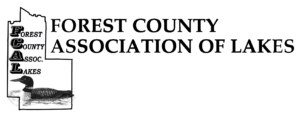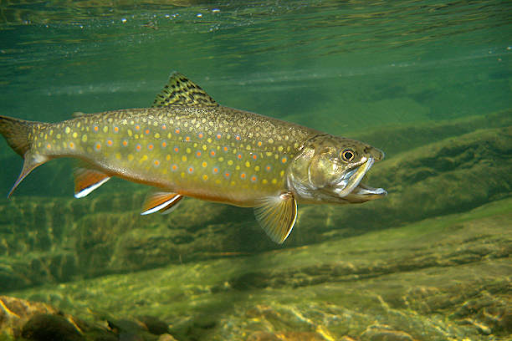Northern Wisconsin is known for its natural resources. Many outdoorsman, fisherman and nature lovers live or visit here each year. It is also home to some of the finest coldwater trout fisheries in the Midwest. Among its most treasured natural resources are its Class I trout streams, pristine waters that support naturally reproducing trout populations without the need for stocking. In Wisconsin, trout streams are classified by the Wisconsin Department of Natural Resources (DNR) into three categories: Class I streams have high-quality habitat and water conditions that support naturally sustaining trout populations. These streams do not require stocking. Class II streams have some natural reproduction but benefit from supplemental stocking. Class III streams depend entirely on stocking to maintain a trout population. Class I streams are considered the healthiest and most ecologically intact of these categories, offering the best opportunities for wild trout fishing. Northern Wisconsin’s landscape of dense forests, rolling hills, and glacially carved terrain is rich in coldwater streams fed by springs and groundwater. Most Class I streams in the region are dominated by brook trout, the only native trout species in Wisconsin. In some streams, brown trout a non-native but naturalized species, also thrive. These fish are often more wary and elusive, providing a challenging and rewarding experience for anglers. Fishing in these streams often means wading through narrow, brushy channels or hiking into remote stretches. It’s a quieter, more solitary experience compared to larger rivers or stocked waters, ideal for fly fishing or ultralight spinning setups. Many of Northern Wisconsin’s Class I trout streams are protected and maintained through partnerships between the DNR, Trout Unlimited, local watershed groups, and private landowners. Efforts include habitat restoration, streambank stabilization, culvert replacement, and invasive species control. All of which this department at the county level also play a role. Climate change, land development, and runoff continue to pose threats to coldwater habitats. Continued vigilance and support for conservation initiatives are essential to preserving these wild trout fisheries. In Forest County, some of the creeks and rivers that are considered Class I trout streams are parts of the Little Popple River, Jones Creek, Brule Creek, and the Elvoy Creek, among many others. You can check out a map of the trout streams in Forest County and their classifications on the DNR website, if you search Trout Stream Maps. Before you head out to try our county trout waters, be sure that you have a fishing license and a trout stamp. It is important to pay attention to bag limits depending on what section of creek or river you are in as well, so it is a good idea to have the Trout Fishing Regulations 2025-2026 pamphlet from the DNR with you. Good luck fishing this summer!
For more information contact Kayla Littleton, Forest County Land Conservation and Land Information Director at 715-478-1387 or by e-mail at .

